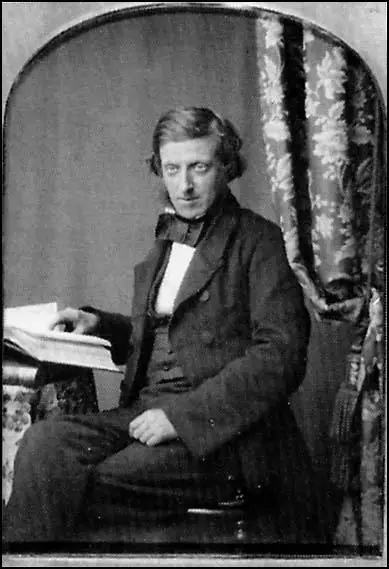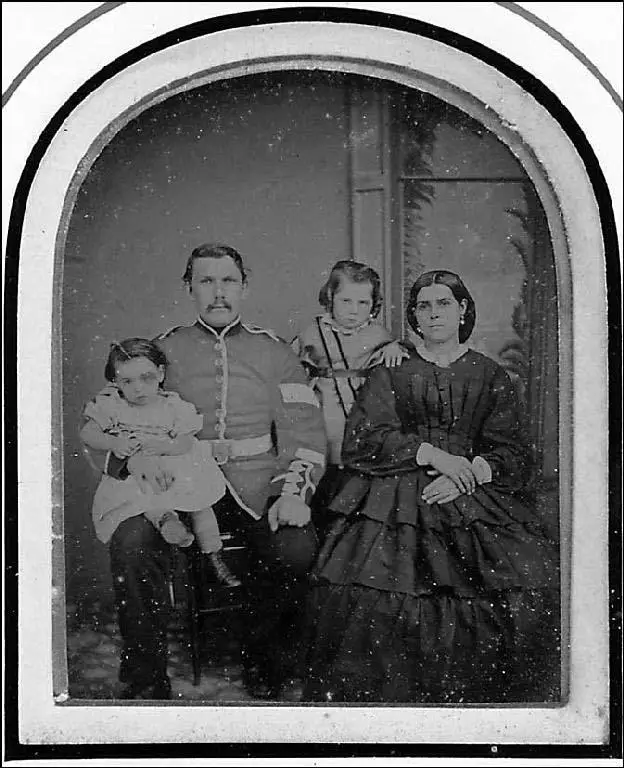PART
2: PHOTOGRAPHS ON GLASS AND PAPER [ 1854 - 1860 ]
Section
A : The Collodion Process
and Photographs on Glass

Frederick
Scott Archer, inventor of the wet collodion process
<img src="DSarcher.jpg" width="389"
height="569">
In
March 1851, Frederick Scott Archer, a sculptor and a member
of the Calotype Photographic Club, published details of his "wet
collodion process", which involved coating a glass plate
with a mixture of potassium iodide and a sticky substance called
collodion. Also known as "gun cotton", collodion was a
transparent and adhesive material that was first used in surgery
to dress wounds. The coated glass plate was then sensitized in a
bath of silver nitrate. The highly sensitive wet plate was then
placed inside a camera and exposed by uncapping the lens. Earlier
methods using glass plates coated with albumen (egg white) provided
exposure times of between five to fifteen minutes and so were unsuitable
for portrait photography. Archer's "wet collodion" process
could produced high quality negatives after exposures of only a
few seconds. Unlike Beard with the daguerreotype process and Talbot
with the 'calotype', Archer chose not to patent his discovery and
offered his invention free to all photographers.

Ambrotype
portrait of an army sergeant and his family. Portraits made using
Archer's "wet collodion" process superficially resembled
daguerreotypes, but were cheaper to produce.
CLICK HERE TO CONTINUE
Collodion Positives - Cheap Portraits
on Glass